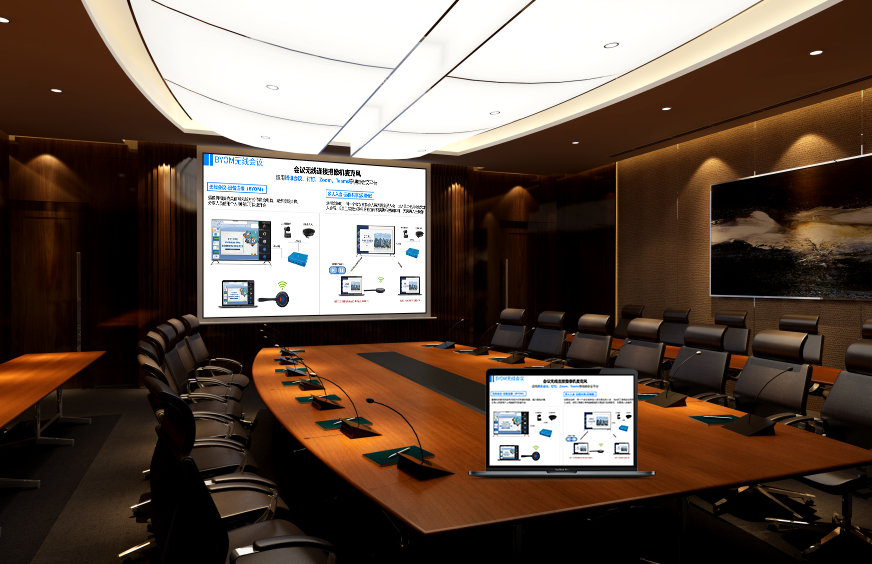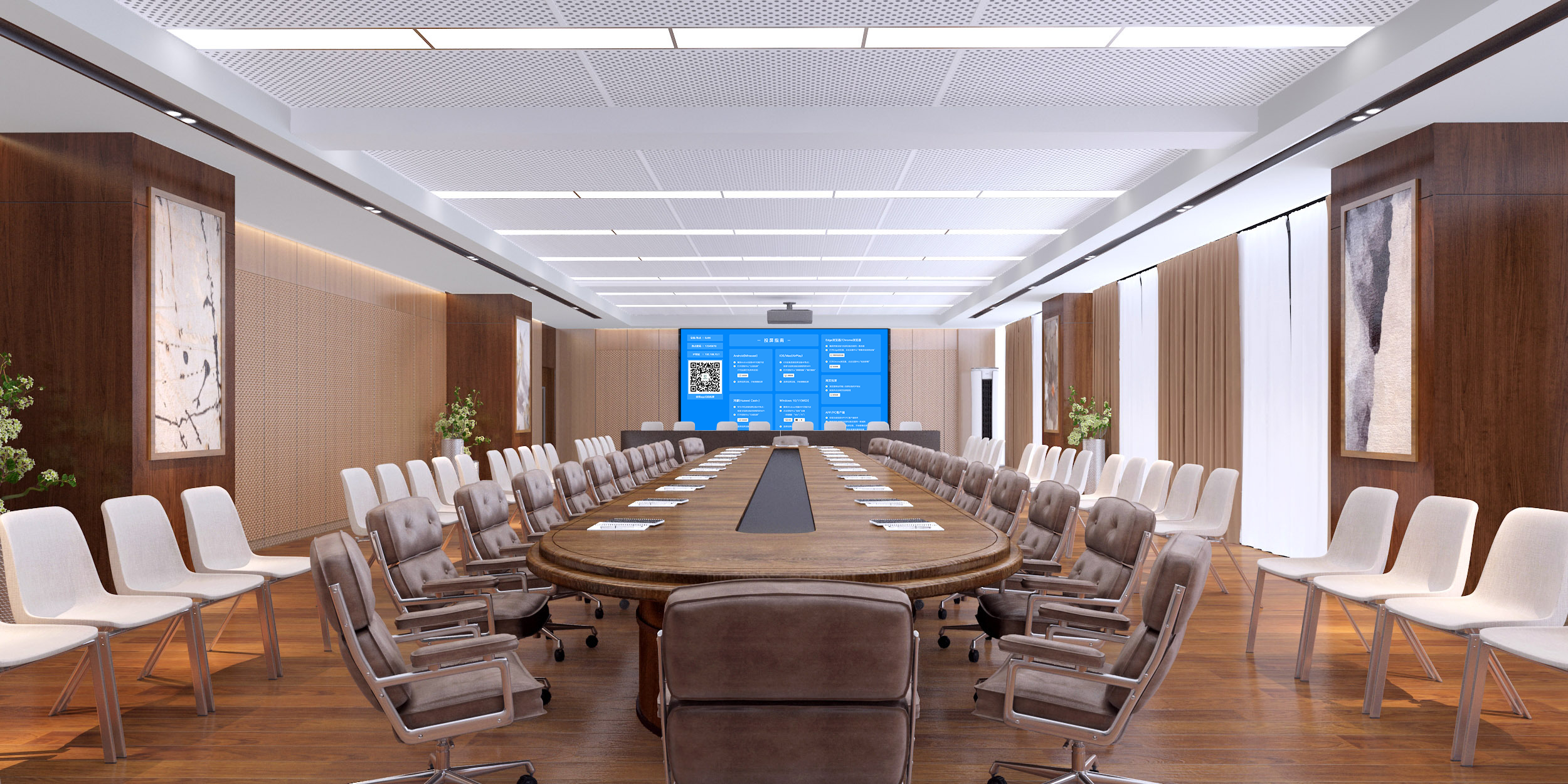Screen Mirroring: An All-Scenario Content Display Solution
The value of screen mirroring lies in its ability to easily project content from a small screen onto a large screen, breaking the limitations of devices and space. A good screen mirroring solution provides simple connections, stable transmission, and scenario-specific functions to make content display more efficient for office presentations, classroom teaching, home entertainment, and more.
I. Simple Connections: Multi-Device Mirroring in an Instant
Universal System Compatibility: Whether it’s an Android phone, an Apple device, a Windows computer, or a macOS device, you can mirror content smoothly without worrying about the brand or system version. It’s also compatible with older devices, so a three- or four-year-old phone or computer can connect without lagging or crashing, with a compatibility rate of over 99%.
Multiple Connection Methods: It supports various connection methods, including QR code mirroring, NFC tap-to-connect, and a device’s built-in mirroring function, with pairing completed in under 3 seconds. There’s no need to download a special app, which saves memory on your device. When you need to mirror content on the fly, a visitor can just scan a QR code to connect without any complex setup beforehand.
II. Stable Transmission: High-Quality Picture and Sound
No Compromise on HD Quality: It supports 4K ultra-high-definition mirroring. The color reproduction is close to the original device, so whether you’re mirroring the fine lines of a design drawing or the detailed textures of a product video, it will be clearly presented on the large screen. Even when mirroring a 1080P teaching courseware, the text is clear and sharp, with no issues for those sitting in the back.
No Audio-Visual Delay: The audio-visual synchronization delay is controlled to be within 30ms. When mirroring a movie or an educational video, the sound and picture are perfectly in sync, with no “lip-sync issues.” Even in a network environment with many concurrent devices, you can flip pages and switch content smoothly without sudden lagging or a black screen.
III. Scenario-Specific Functions: Meeting Different Needs
Office Scenarios: More Efficient Meetings You can mirror proposals from your phone or computer directly to a large screen. For multi-person presentations, it supports split-screen mirroring, where different proposals can be displayed side-by-side for more intuitive comparison. You can also annotate in real time during a presentation, and the annotations are synchronized to all connected devices. Remote attendees can also see them, so there’s no need to pass files back and forth.
You can display client materials you’ve just received without having to transfer them to your computer; you can simply mirror them directly from your phone to save time. After a meeting, the mirrored content can be synchronized with attendees with a single click, without the need for manual copying.
Educational Scenarios: More Lively Classroom Interaction A teacher can mirror courseware from a tablet to the large classroom screen. While walking and lecturing, they can use their phone as a remote to turn pages and circle key points, with the annotations appearing on the large screen in real time. Students can mirror their homework or lab reports from their phones to a group screen or the main screen for the whole class, and excellent work can be pinned for all to see and critique.
When mirroring a lab video, you can enlarge key steps to let all students see the details of the procedure. During group discussions, each member’s device can mirror content to the group’s split screen, making it easier to compare ideas within the group.
Home Scenarios: More Comfortable Entertainment Sharing You can mirror photos and videos from your phone to the TV for a more immersive viewing experience. It supports multi-person mirroring relays, so family members can take turns sharing content. When a child takes an online class, mirroring it to the TV makes the screen larger and the distance can be controlled, which can reduce eye strain.
When mirroring a show, you can turn off your phone’s screen, which saves power without affecting the playback on the large screen. It also supports a “picture-in-picture” mode, so you can see your phone’s messages in a small window while mirroring, without missing important information.
IV. Simple Management: Reliable Usage
Monitor Device Status: An administrator can check the status of mirroring devices in real time via a backend, including whether they’re online, the mirroring duration, and the number of connected devices. If a device has an issue, they’ll receive an alert and can adjust parameters or restart the device remotely, without having to go on-site.
Controllable Permissions for Security: You can set mirroring permissions by scenario. In an office setting, you can restrict access to only authorized devices to prevent unauthorized mirroring. In an educational setting, mirroring is only allowed for the teacher’s device during class time to maintain order. All mirroring activity is logged, which provides peace of mind.
This screen mirroring solution makes it easy to display content from different devices on a large screen without complicated operations. It makes content presentation smoother, whether for office, educational, or home use, and truly unleashes the value of the large screen.